- Home
-
Admissions
-
Academics
-
Students
-
Research
-
Research Centers
- Cancer Research Center
- Center for Excellence in Development Disabilities Education, Research & Service (CEDDERS)
- Center for Island Sustainability (CIS)
- Marine Laboratory
- Micronesian Area Research Center (MARC)
- UOG Land Grant | agInnovation Research Center
- Water and Environmental Research Institute (WERI)
-
Programs and Departments
- Guam EPSCOR
- Guma' Tinemtom - Micronesia Data Laboratory
- Pacific Islands Climate Adaptation Science Center (PI-CASC)
- Pacific Islands Cohort on Cardiometabolic Health (PICCAH)
- Research Corporation of UOG
- RFK Memorial Library
- UOG Press
- UOG Sea Grant
- University Libraries Digital Team
- NASA Guam Space Grant
- NASA Guam EPSCoR
-
Research Centers
-
Outreach
- Giving
- Alumni
-
About
The Greater Banded Hornet Has Found Its Way to Guam
The Greater Banded Hornet Has Found Its Way to Guam
The Greater Banded Hornet Has Found Its Way to Guam
1/5/2018

A new species of wasp was recently found on Guam and identified by entomologists at
the University of Guam College of Natural and Applied Sciences (CNAS) as Vespa tropica, also known as the greater banded hornet. These wasps are large and aggressive which
make them a possible health hazard to individuals with allergies to bees and wasps
as well as children and the elderly.
Vespa tropica is found in China, Japan, Malaysia, Hong Kong, Singapore, India, and the Philippines.
These wasps raid the nests of other wasp species to take larvae back to their own
nest to feed their larvae. The greater banded hornet has a distinct, bright yellow
band around its abdomen. They build their nests in hollow trees and other protected
areas or underground. Queens are about 30mm in size and the workers average 24-26mm,
which is slightly larger than the diameter of a quarter.
Two colonies have been found on island, one in Upper Tumon and one in Yona. “Residents
of these areas called the CNAS Entomology Lab for assistance because people were getting
stung. The sting from this large wasp is very painful," said CNAS entomologist Dr.
Ross Miller.
"Both colonies have been destroyed, but since they were found in two different parts
of the island, this hornet may already be established on Guam. We would appreciate
help in knowing if there are other colonies and encourage the public to contact CNAS
if they have seen this wasp,” said Miller.
Please call (671) 735-2001 to report a sighting of this new invasive wasp. Be prepared
to give your name and contact information so that someone from the Entomology Lab
can return your call. Alternatively, email Dr. Miller at millerr@triton.uog.edu.
Extension entomologist Dr. Aubrey Moore has prepared an informative fact sheet on
the greater banded hornet and other recently arrived invasive species, which are available
online at cnas-re.uog.edu/guam-new-invasive-species-alerts.
Invasive species are everyone’s responsibility. The University urges the public to
follow the Guam Customs and Quarantine Agency and Guam Department of Agriculture rules
and regulations to avoid accidentally introducing invasive species to the island.
Eradicating or controlling an invasive species takes expertise, time, and a tremendous
amount of resources.
For more information regarding the work UOG scientists and students are doing at
CNAS, please visit cnas-re.uog.edu.

